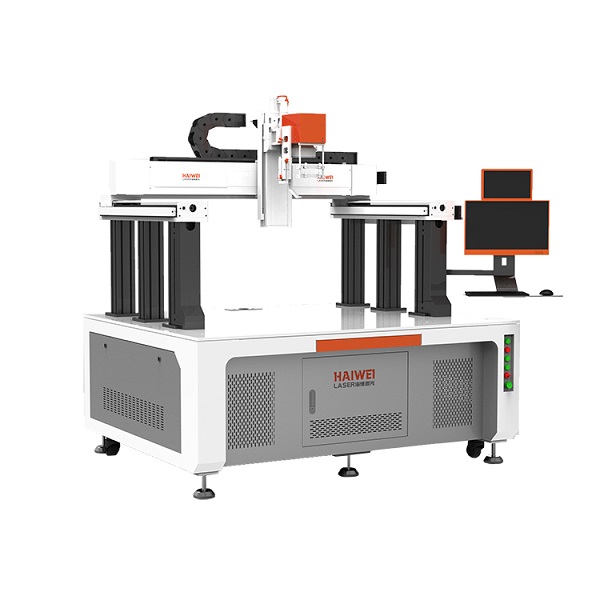How to Choose a Laser Welding Machine for Lithium Batteries
Understand Your Application Requirements
When selecting a laser welding machine for lithium batteries, start by defining your specific application. Are you welding tab connections, sealing battery caps, or joining busbars? Each process has different requirements in terms of weld depth, seam length, and material thickness. Common materials include copper, aluminum, and coated steel—each with unique thermal conductivity and reflectivity that affect laser performance.

Fiber Laser Type Matters
Most modern lithium battery laser welding machines use fiber lasers, typically in the 1000W to 6000W range. Single-mode lasers offer a smaller spot size and deeper penetration, ideal for precision welds on thin foils. Multi-mode lasers provide higher power density for thicker joints. Choose based on your material stack-up and required weld consistency.
Precision and Stability Are Key
Battery welding demands high repeatability. Look for systems with high-quality motion control—such as galvanometer scanning heads or CNC stages—and real-time monitoring features like seam tracking and weld inspection. Integrated vision systems help align small components accurately, reducing scrap rates.
Safety and Cleanliness
Since battery materials can produce hazardous fumes when welded, ensure the machine includes effective fume extraction and is designed for cleanroom compatibility if needed. Hermetic sealing applications also require an inert gas environment (like argon or nitrogen), so check if the system supports gas shielding integration.
Integration and Support
Choose equipment that can connect to your production line via standard protocols (e.g., Profinet, EtherNet/IP). Also, consider supplier support: availability of training, spare parts, and software updates affects long-term reliability.
In short, the right laser welding machine for lithium batteries balances precision, stability, safety, and ease of integration—not just raw power.
Recent Posts
- What are the advantages of laser welding machines in lithium battery pack production lines?
- What issues should be noted when choosing a lithium battery pack production line?
- Quality Inspection and Control of Lithium Battery Module Pack Production Line
- Cell grouping and sorting process in lithium battery module pack production line
- What are the safety hazards of lithium battery pack production lines and how can they be prevented?
INQUIRY

